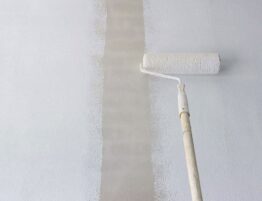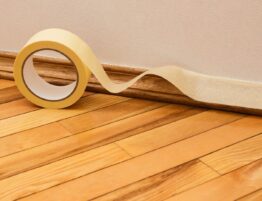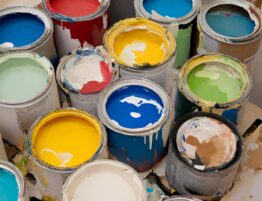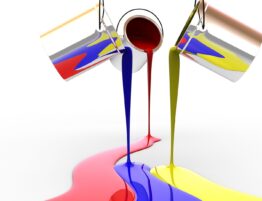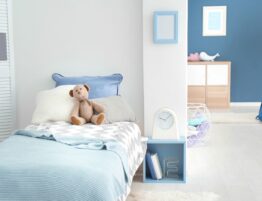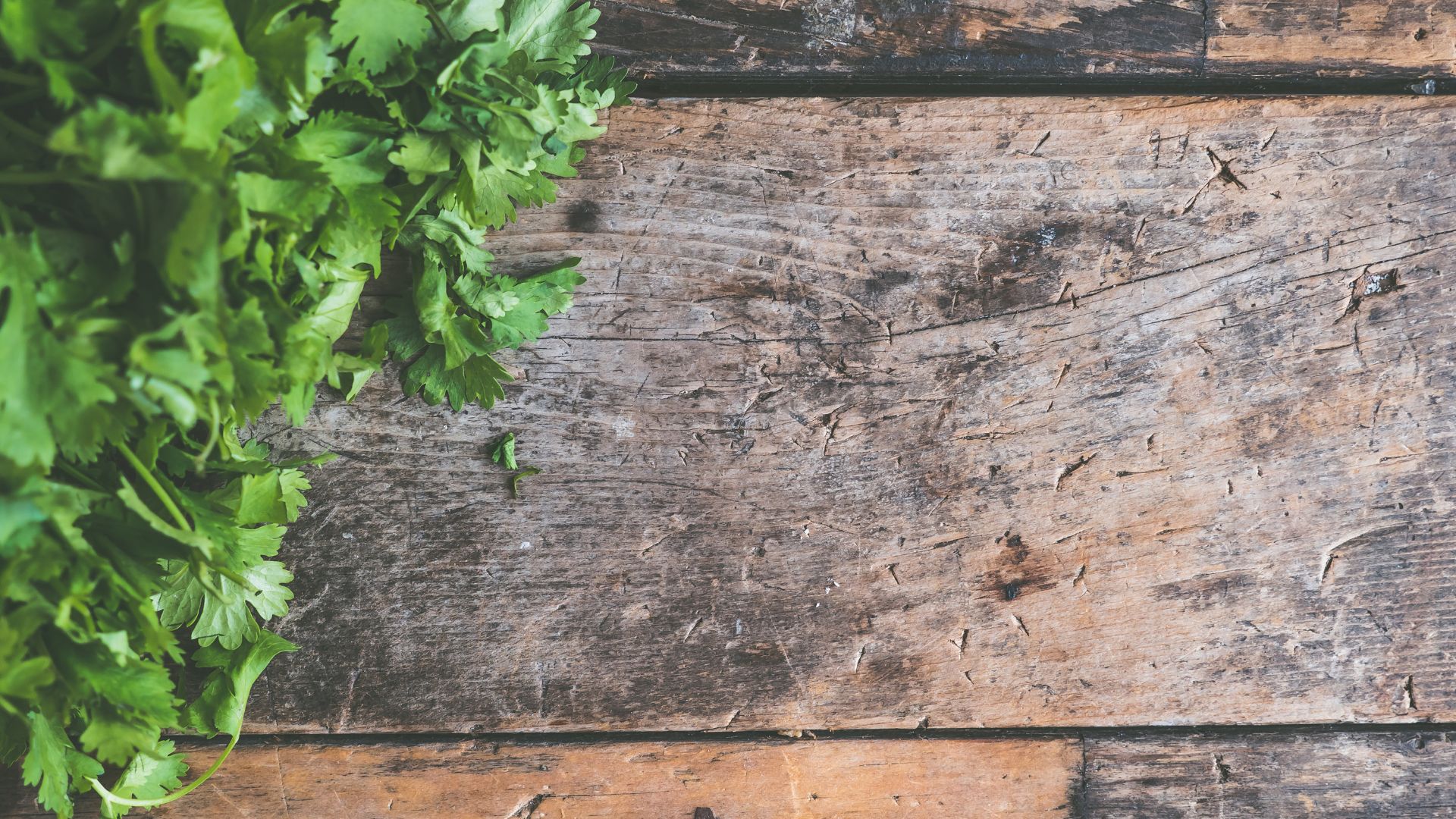
When it comes to enhancing the curb appeal of your home, painting exterior wood surfaces is one of the most impactful projects you can undertake. Not only does a fresh coat of paint protect your wood from weathering and decay, it also boosts your home’s aesthetic value. Whether you’re a seasoned DIYer or a novice looking to take on a new challenge, this guide will walk you through the process step by step. Ready to transform your home with Minimalist Kitchens’ expertise in painting services? Let’s dive in!
Assessing Your Project Needs
Before you begin, it’s important to evaluate the scope of your painting project. How much surface area needs to be covered? What is the current condition of the wood? These questions will help determine the amount of paint and the types of tools you will need. Also, consider the weather forecast; exterior painting is best done in mild, dry conditions.
Choosing the Right Paint and Tools
Selecting the right paint for exterior wood is crucial. Look for paints specifically designed for exterior use that can withstand the elements. Typically, latex-based paints are preferred for their ease of use and durability. You’ll also need:
- Brushes and rollers
- Sandpaper
- Primer (if necessary)
- Painter’s tape
- Drop cloths
Preparing the Surface
Proper preparation is key to ensuring a smooth painting process and a durable finish:
- Clean the Wood: Remove any dirt, mildew, or grime with a stiff brush and soapy water. Rinse thoroughly and let dry.
- Sand the Surface: Smooth out any rough spots or flaking paint with sandpaper. This will help the new paint adhere better.
- Repair Damages: Fill in cracks or holes with wood filler and sand again for a smooth finish.
Priming the Wood
If the wood is bare or you’re making a significant color change, applying a primer is essential. Primer helps the paint adhere and provides a uniform base for topcoats. Allow the primer to dry completely according to the manufacturer’s instructions.
Applying the First Coat of Paint
It’s finally time to start painting! Begin with the edges and hard-to-reach areas using a brush. For larger flat surfaces, a roller can make the job quicker and easier. Apply the paint evenly and avoid overloading the brush or roller to prevent drips.
Adding a Second Coat
Once the first coat is dry, assess the coverage. A second coat may be needed to achieve a uniform color and optimal protection. Always wait for the first coat to dry thoroughly before applying the second.
Finishing Touches
After the final coat, remove any painter’s tape and touch up as necessary. Clean your brushes and rollers with soapy water (for latex paint) or mineral spirits (for oil-based paint), and safely dispose of any leftover paint.
Caring for Your Newly Painted Surfaces
Maintaining your exterior paint job extends its lifespan:
- Regularly clean the surfaces to prevent dirt buildup.
- Inspect annually for chips or cracks.
- Touch up areas where the paint shows signs of wear.
Timing Your Painting Project
Timing can significantly impact the success of your exterior painting project. Aim for a period of dry weather with moderate temperatures, typically in late spring or early fall.
Considering Professional Help
While DIY painting can be rewarding, professional painters can offer the expertise and efficiency to handle larger or more complex projects. Minimalist Kitchens provides top-notch exterior painting services that ensure perfect results.
Benefits of Regular Maintenance
Regular maintenance not only keeps your home looking great but also protects your investment by extending the life of the paint job. It prevents minor issues from becoming major expenses.
Eco-Friendly Painting Options
Consider using environmentally friendly paints that have low VOCs (volatile organic compounds). These paints are better for the environment and your health.
Preparing for Future Repaints
Keep track of the paint brand, color, and finish you used. This will be invaluable for touch-ups or a full repaint in the future.
Conclusion
Painting exterior wood surfaces can rejuvenate your home’s appearance and increase its value. By following these steps, you’ll ensure a successful exterior painting project that stands the test of time. Remember, whether you tackle the job yourself or hire professionals like Minimalist Kitchens, the key is preparation, quality materials, and proper techniques.
FAQs About Painting Exterior Wood Surfaces
- How often should exterior wood be repainted?
Typically, exterior wood should be repainted every 5-7 years, depending on the climate and the paint quality.
- What is the best time of day to paint outdoors?
It’s best to paint in the early morning or late afternoon to avoid the strong midday sun, which can cause the paint to dry too quickly.
- Can I paint over old paint?
Yes, but only if the old paint is in good condition. Be sure to clean and sand the surface thoroughly first.
- How do I know if I need to use a primer?
Primer is needed if you are painting over bare wood, changing from a dark to a light color, or dealing with stains.
- What should I do if the paint starts peeling?
Remove the peeling paint, sand the area, and reapply primer and paint. This usually indicates moisture issues or poor adhesion.
Looking to give your home a fresh new look? Wall Works is here to help! Our team of experts specializes in painting exterior wood surfaces, ensuring top-quality results that not only enhance the beauty of your home but also protect it for years to come. Call us now at 951-695-5588 to schedule your free estimate. Let Wall Works transform your space with precision and care. Don’t wait—your dream home is just a paint job away!

